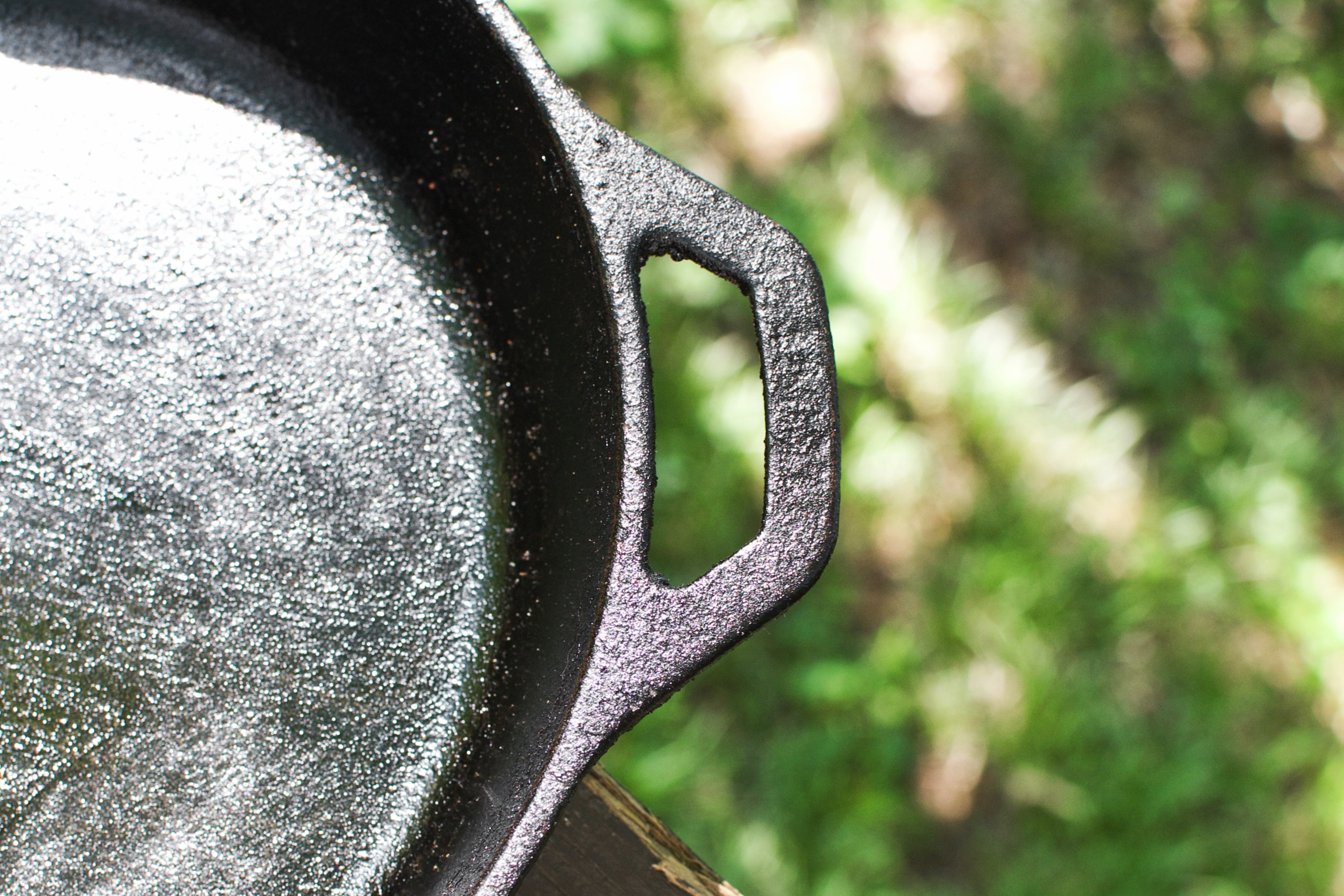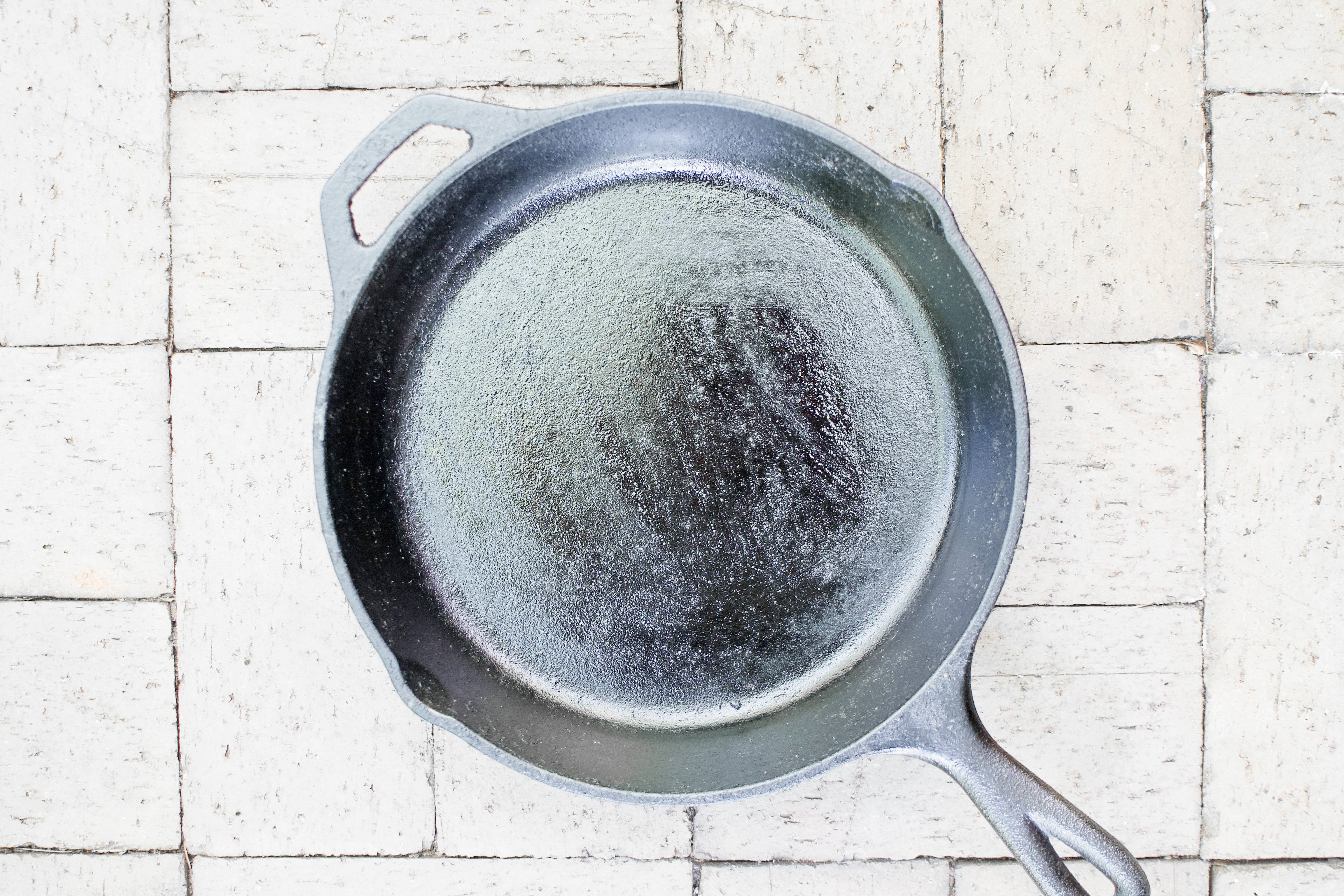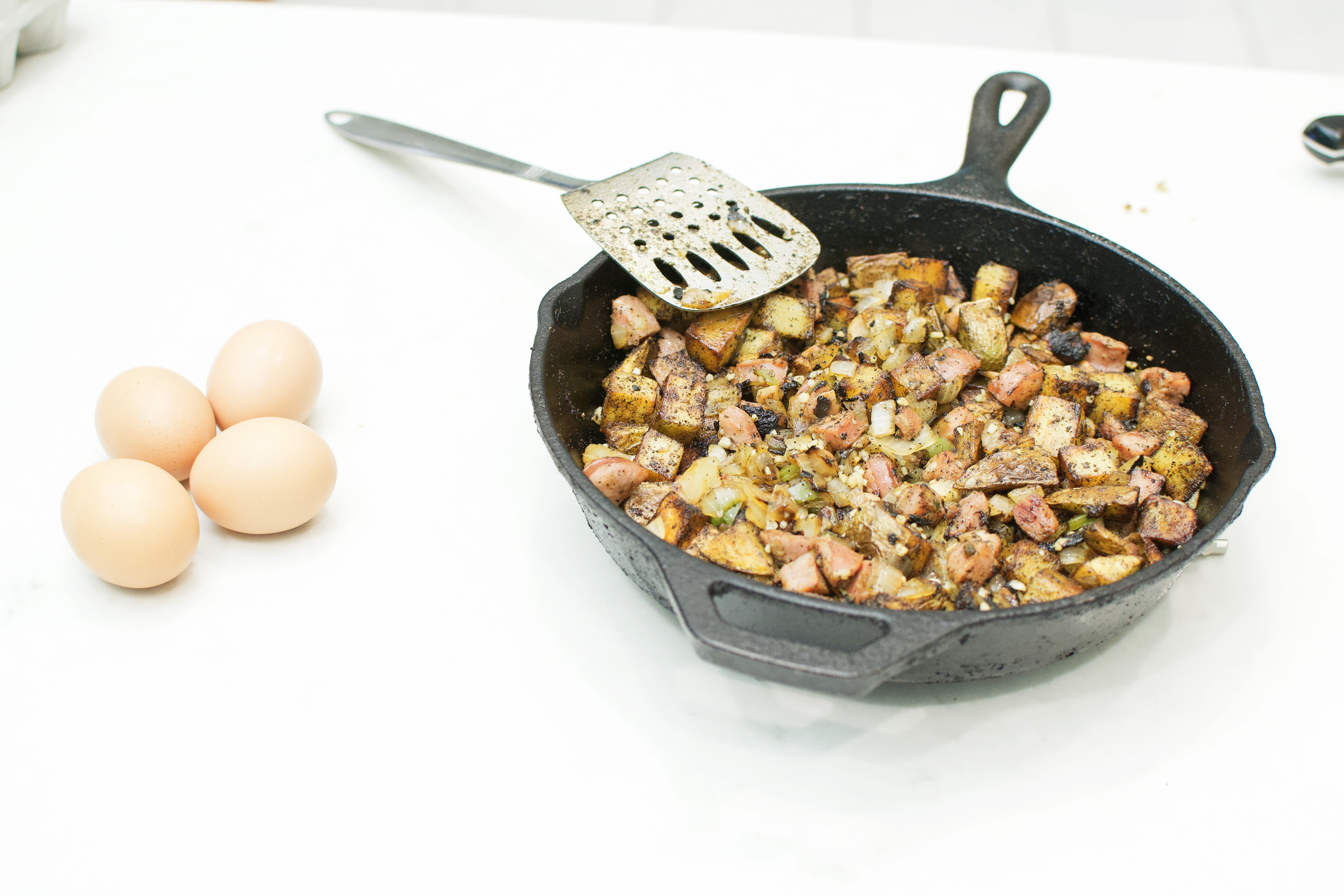We are cast iron skillet people. I mean exclusive cast iron skillet people. We have 4 sizes: super huge, normal but still pretty large, kinda small, and real super small. We haven’t owned a “normal” skillet in probably close to 5 years. True life: we actually gave all our teflon coated, non-stick skillets to our bachelor-friend a few years ago and haven’t looked back since.
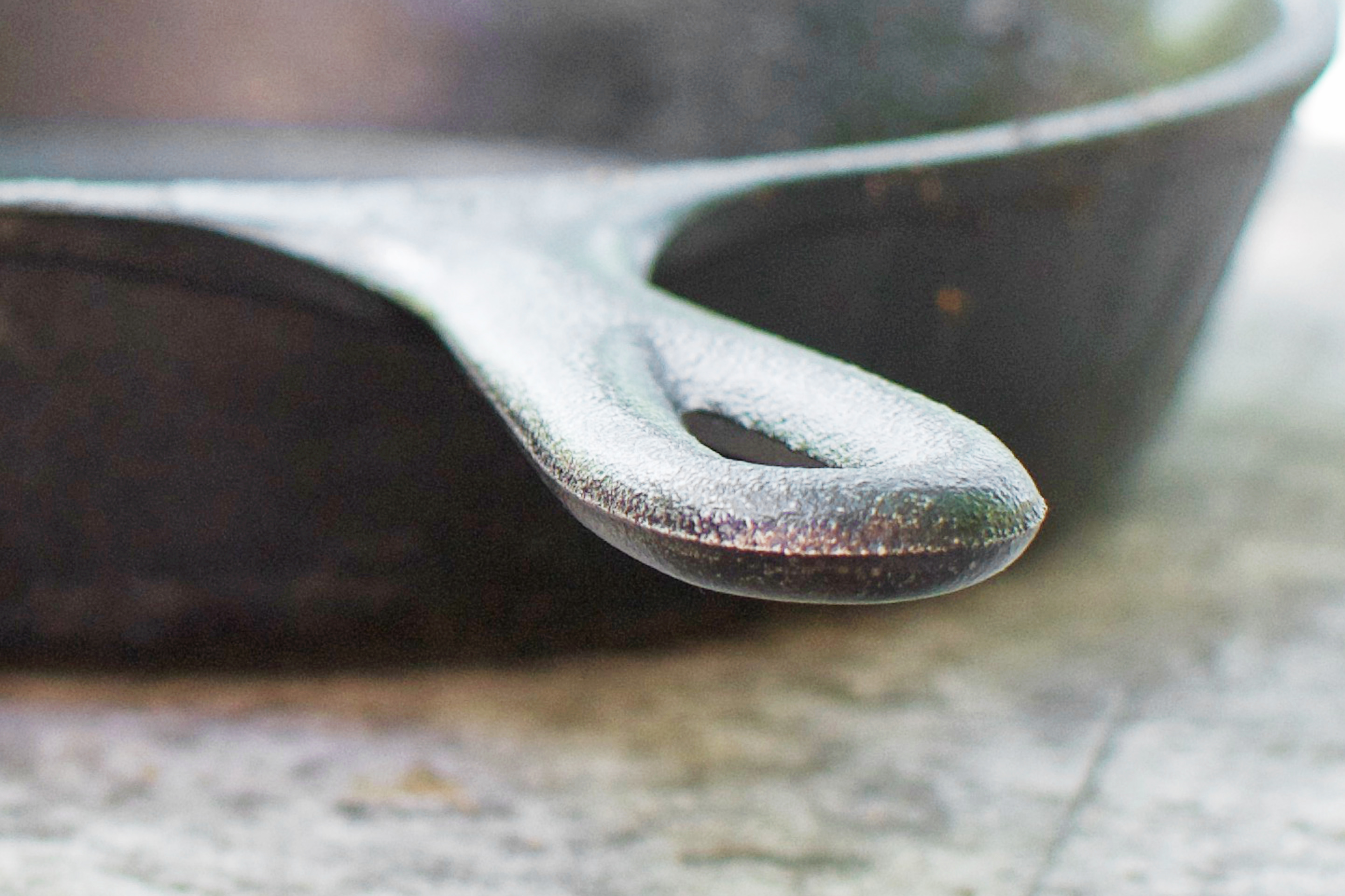
Why we love them & why you should love them too.
- No toxic non-stick coating. (Dangers of teflon & PFOA according to cancer.org).
- Grill type flavor.
- Stove top AND oven-safe.
- Want to make a frittata, quiche or skillet meal? Or sear meat on the stove and then finish it baking in the oven? Or cook a sauce for your pasta on the stove and then stir pasta in and bake it in the same skillet? Or hit your nemesis over the head with it (jokes on that one)?
- They last forever. I mean, I don’t know if they actually last forever. But I have friends who have cast iron skillets and pots that they have inherited from grandparents and are still going strong. So at least 3 generations?
- So for the same price as one regular skillet that is nonstick (and degrades quickly, maybe giving you a couple years max until the teflon coating starts flaking off in your food. Gross.) you can have a cast-iron skillet that will last forevs. Put another way, for about 1/10 of the price of a good quality stainless steel pan (that will also last approx forever but is wayyyy more expensive and isn’t non-stick). You tell me what the better deal is.
How we use them.
As I mentioned, we don’t even have any “regular” skillets anymore. So we use them for all normal skillet-type things: cooking eggs, potatoes, pancakes, hot sandwiches (think: fancy grilled cheese), searing meats, sauteeing veggies. Like I said – everything skillet-y.
But it doesn’t stop there. Here are some other ways you may not know you can use your cast iron skillets:
- You can cook sauces and soups in the skillet. The standard size is definitely deep enough.
- Baking quiche, “sheet pan” meals or baked pasta.
- Deep dish pizza or baking bread or cornbread
- Desserts: bake a pie or deep dish skillet cookie
- Lending a grill-like flavor to burgers, salmon and chicken.
- Stack one skillet on top of a hot sandwich in another skillet and let the weight act as a makeshift panini press.
- Cook food over the fire at a campout or on your backyard firepit.
- All the crispy cubed taters. Get your salty fries fix right here.
Let’s talk oils for a minute.
One of the things we love about cast-iron skillets is their ability to get hot. We’re talking really hot. But that requires you to select your oil / fat based on its smoke point, along with a burner temp that corresponds with the meal your cheffing.
Brief chemistry session from my nutritionist husband: fats aka lipids are categorized as saturated or unsaturated based on their chemical structure. If the polycarbon chain is fully “saturated” with hydrogen molecules, then it’s called a saturated fat. Sat fats are rigid, and generally stay solid at room temperature. These fatty’s are almost all derived from animals, with the exception of palm oil and coconut oil (i.e. the tropical ones). Unsaturated fats are liquid at room temp, and usually come from plants.
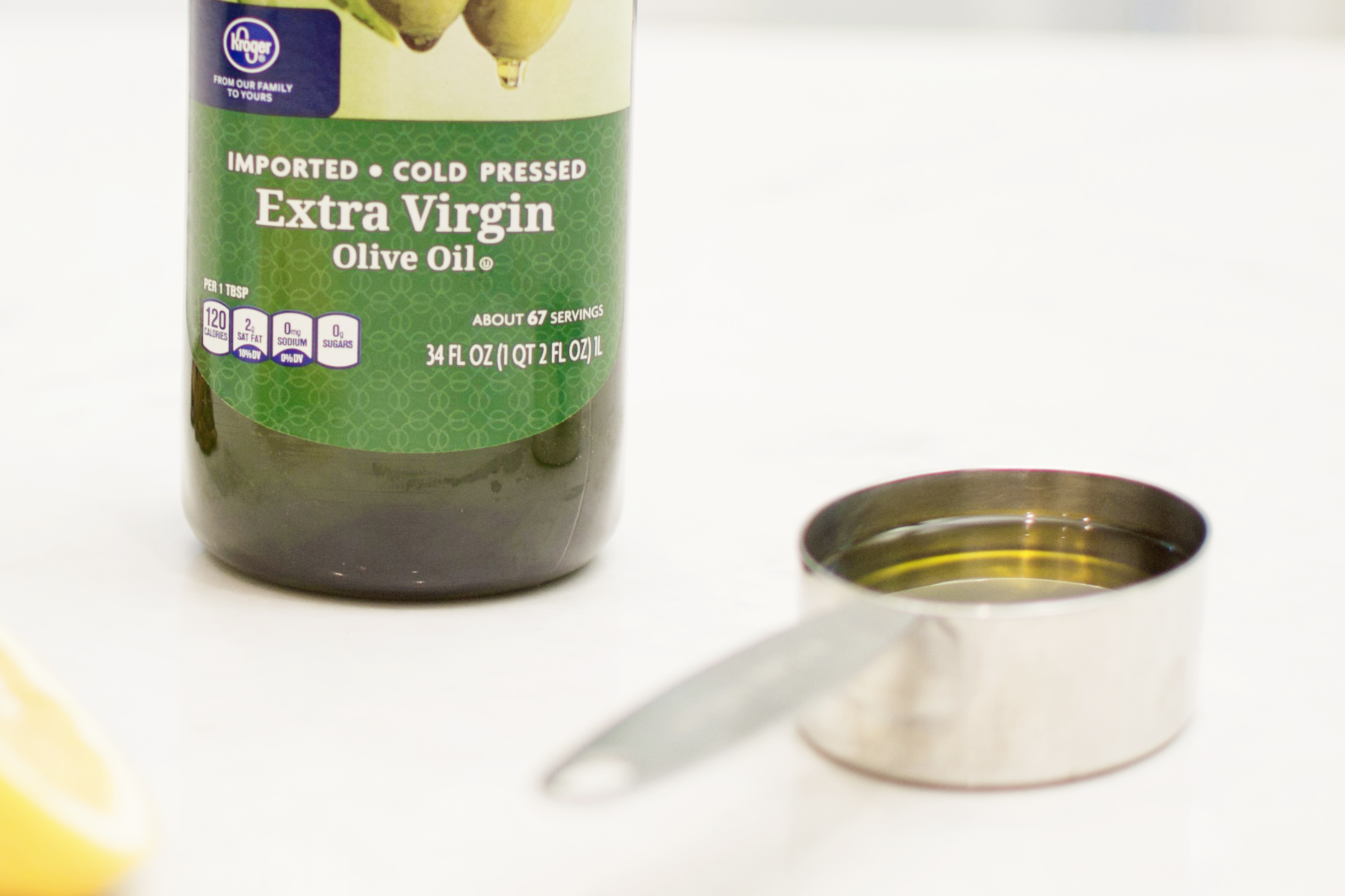
Whether sat or unsat, the unrefined or least processed versions of both categories yield lower smoke points. This is temp at which the fat in your hot pan will begin to change from liquid to gas. Avoid this. Here’s why.
- You slowly lose the fat you’re cooking with only to adhere food items to your pan.
- The vaporized fat must go up. And up means schmeared cabinet doors, greasy microwave door or a shiny ceiling.
- You put your health at risk over time. According to The Health Sciences Academy, smoking oils produce free radicals which can harm your cells & DNA. Another compound is formed called HNE (4-Hydroxynonenal) that may accelerate vascular diseases.
- For the sake of flavor. When you bring an oil to smoke point, you may begin to taste off-flavors that make your meal less enjoyable / palatable.
- It’s a fire hazard. Ever caught your smoking oil on fire with the burner flame underneath? Grease fires a NOT pretty.
Here’s how some of the most popular fats stack up. Cheers to Serious Eats for creating this helpful chart.

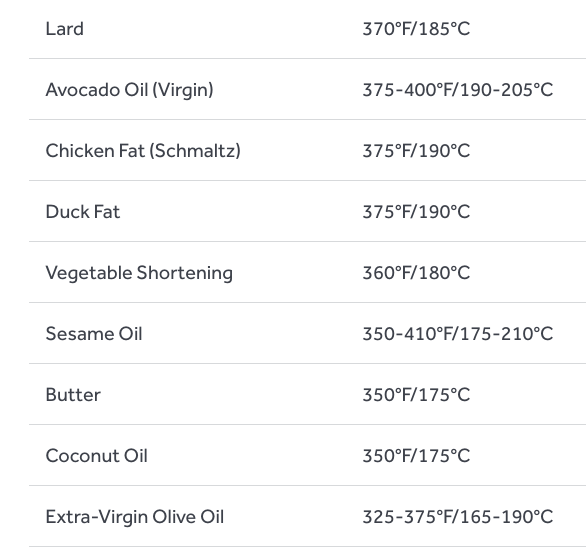
Smoke point tip for cast iron: try limiting your 300º to 374º smoke point fats to medium heat, 375º to 449º to medium-high heat, and set aside your 450º+ fats for high heat like frying or searing. However, due to the massive difference in heat produced from one range or cooktop to another, experiment and decide for yourself! Our open flame, high BTU range paired with an iron skillet often yields high heat without even realizing it.
In the chart above, notice the substantial variance between a “virgin” oil and the same type of non-virgin / refined oil. The downside to the processing is a complete loss of flavor (refined olive oil tastes like nothing). The upside is a much higher smoke point, and therefore, avoidance of the above list of oil-smoking concerns & risks. If your cuisine calls for the delectable addition of unrefined oils, consider tossing your just-cooked food in virgin olive oil or virgin coconut oil while still in the skillet to avoid significant flavor loss.
How we care for them.
CLEANING
Thou shalt not wash with soap. The first commandment of cast iron skillet care.
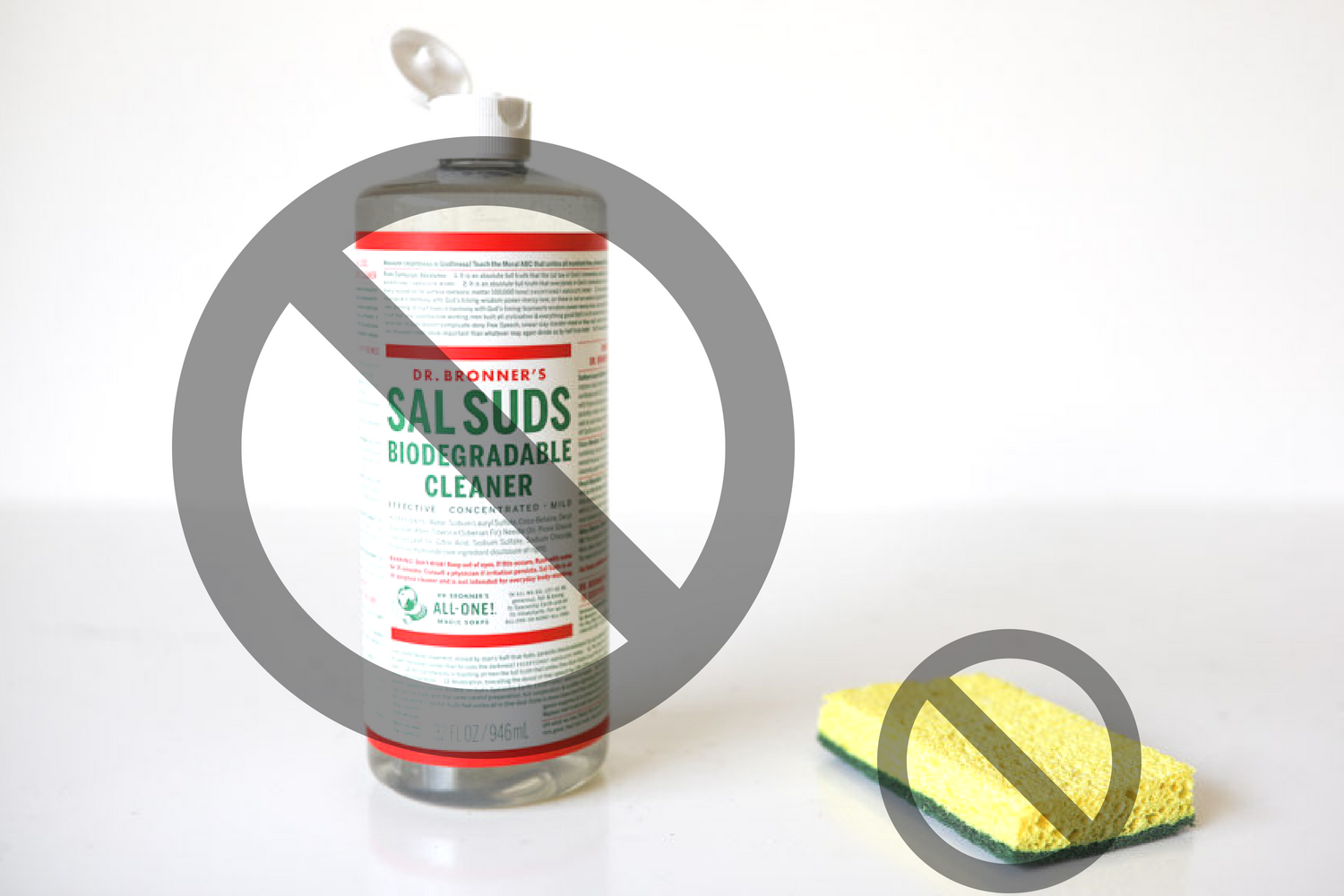
I’m not going to lie: when Austin bought our first cast iron, I LOVED cooking with it but I was way too intimidated to clean it. (If I can’t use soap, how do I get it clean?!). I would make up excuses as to why I needed him to handle cleaning it for the first month or so. Until he called me out on being scared of it and gave me a “tutorial” and basically it was the easiest thing ever.
Think about it this way, how do you clean a grill? Heat it up reaaaaaaal hot. (Heat kills bacteria). Then scrape the charred bits off. Done!
So here’s how we clean our skillet:
- We have a separate scrub brush for our skillet. One that we never use on anything except our cast iron and never touches soap. Every few days, we run the brush through the dishwasher on the top rack to make sure it stays sanitized.
- If we’re cooking something simple (for example, frying an egg), we just remove it to a plate quickly. Then, while the skillet is still hot, run it under water and scrub off any remaining food particles with your designated cast iron brush. The remaining heat immediately bring the water to a boil and dances atop the leftover oil. If there are still any remaining food particles, a plastic scraper can help remove them. Make sure to let the skillet cool down before using it since melted plastic just adds to the mess.
- If the skillet cools down before we can clean it (like if you serve dinner straight out of the skillet and don’t get to cleaning it until after dinner), just heat it up on the stove for a few minutes until it’s smoking and proceed with step 2.
Some people swear by cleaning their cast iron with a “scrub” by making a paste of kosher salt and water. We think this is unnecessarily time-consuming and has the potential to remove some of your seasoning. Our recommendation: just go with the dedicated brush – way easier!
Things you should NOT do:
- Clean it with soap.
- Boil plain water in it to sanitize. Getting it to the point of smoking will more effectively kill off germs since boiling water can only reach 212º F, whereas leftover oil in the pan can easily reach 300-500º F. Boiled water may remove your seasoning.
If it’s well seasoned, it should create its own non-stick coating. If you notice things are sticking more than they should, just reseason it.
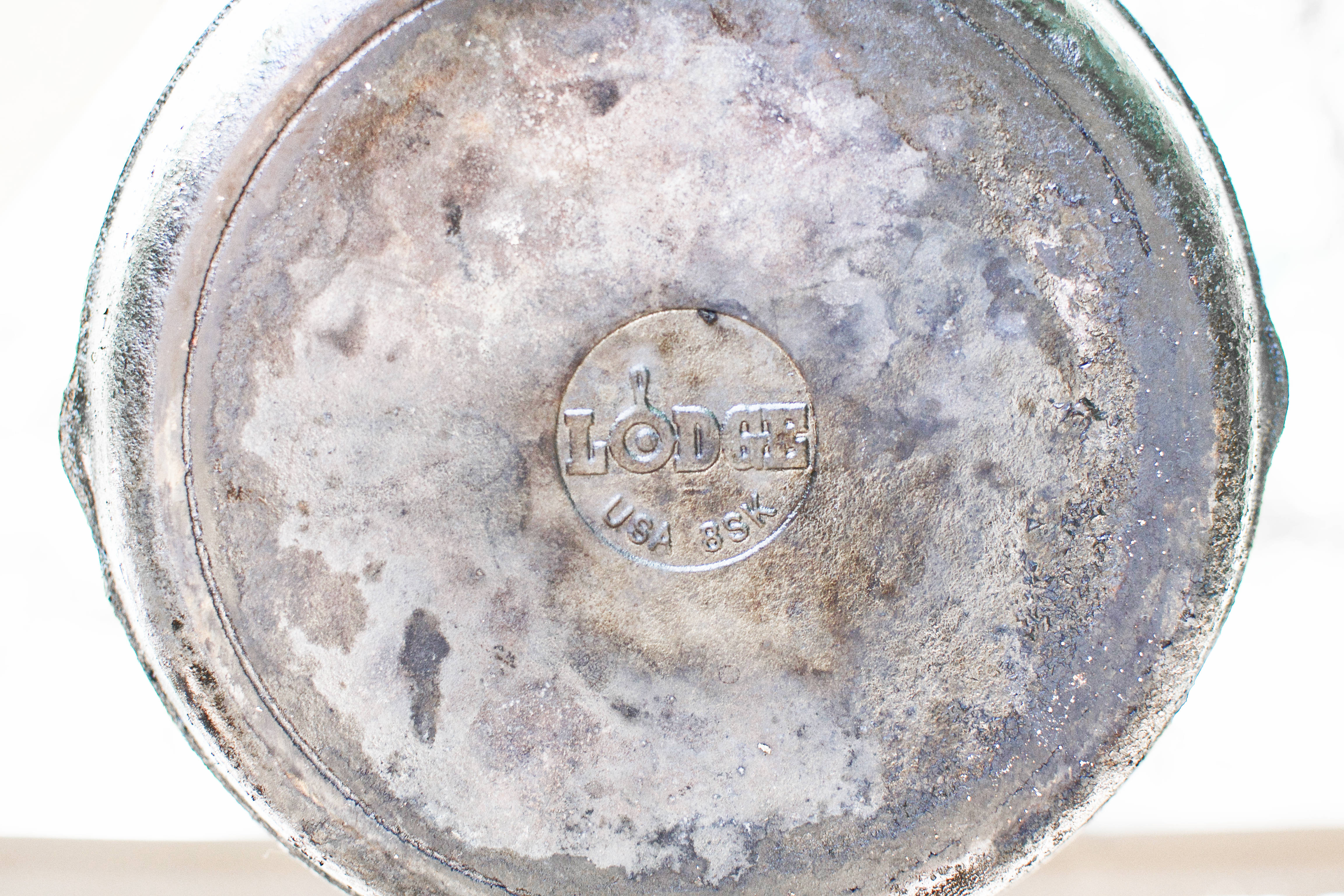
SEASONING
Here’s a step by step on how to keep your cast iron skillets seasoned and seal in all that non-stick glory:
- Preheat your oven to 300º F.
- Snag the closest refined oil. Canola, refined / light olive oil, vegetable oil (soy), or refined coconut oil will do. Pour a little into each pan you’re seasoning.
- Using a low lint paper towel, rub the oil into EVERY crevice of the pan(s). Top and bottom. Handle, sides and corners. Remove any excess oil pooling.
- Place your skillets face down in the oven for 1 hour. Set you oven timer so it turns itself off when the timer goes off.
- Allow the pans to slowly cool in the oven.
- Use for cooking as soon as the pans normalize temperature.
DE-RUSTING (Is that a word?)
Although cast iron skillets last forever, you may inherit one that is somewhat rusted. Or perhaps improper care led to a rust problem. The good news is it’s relatively easy to remove and restore your skillet to it’s shining former glory. Keep in mind that you’re starting from scratch. Soap & steel wool are permitted for rust removal ONLY.
- Find some steel wool. Finer grit is ideal. Avoid the sponges that impersonate steel wool. Metal on metal is the most efficient approach.
- Scrub the mess out of your skillet. Feel free to limit to visibly rusty areas, or scrub the entire pan for a fresh start. Especially if this bad boy was accumulating dust in your granny’s attic for 17 years. For tougher jobs, powder in some sodium bicarbonate (baking soda) with a little water to make a paste and go to town.
- Wash with soap and sponge or brush VERY thoroughly. Steel wool leaves remnants of metal that will rock your tum tum if swallowed.
- Dry with a towel immediately.
- Proceed to “seasoning” in the tutorial above.
Skillets & accessories we use.
Please note, we wrote this post completely of our own accord. It’s not sponsored or anything. That’s how much we love our (home) skillets. Check out the links to our favorite add-ons below. Did we mention we like to cook?
This is the brush we use with our skillets. Note: cheap plastic bristles immediately melt when applied to a hot pan (we totally did this!). Weak sauce. Spend a few more dollars on a huskier brush.
Plastic scraper. For tougher cleans, only when the skillet has cooled down.
Organic virgin coconut oil for flavor and lower temp cooking.
EVOO for flavor and lower temp cooking.
Refined avocado oil for high temp cooking. Wherever you can find it cheapest. Smoke point is said to be over 500º F!
Organic refined canola oil. We’re currently assessing a switch from conventional to organic as canola (rapeseed) is one of the top 5 most genetically modified organisms in the US. For medium to medium-high temp cooking.
Light olive oil for medium-high temp cooking. No added flavor.
Totally optional, totally helpful – cast iron lid with your 10 ¼ inch skillet.
12 ½ inch skillet. We use this more than you think. Ideal for serving a large crowd, cooking 4 full strips of bacon side by side, or cooking skillet potatoes and then moving them to the side to keep warm and still having room to fry your eggs. Fits 4 pancakes.
10 ¼ inch skillet. This is our everyday go-to. Ideal for cooking for a group of ~4 people: quiches, skillet meals, pasta bakes. Fits 3 small pancakes.
8 inch skillet. Just frying up 2 eggs? Or cooking a meal for 2 people? This will be your go to
6 ½ inch skillet. Cooking for one? Baking an individual deep dish skillet cookie? Looking for help with portion control?
Questions or concerns or successful conversions to cast iron? Please comment!
